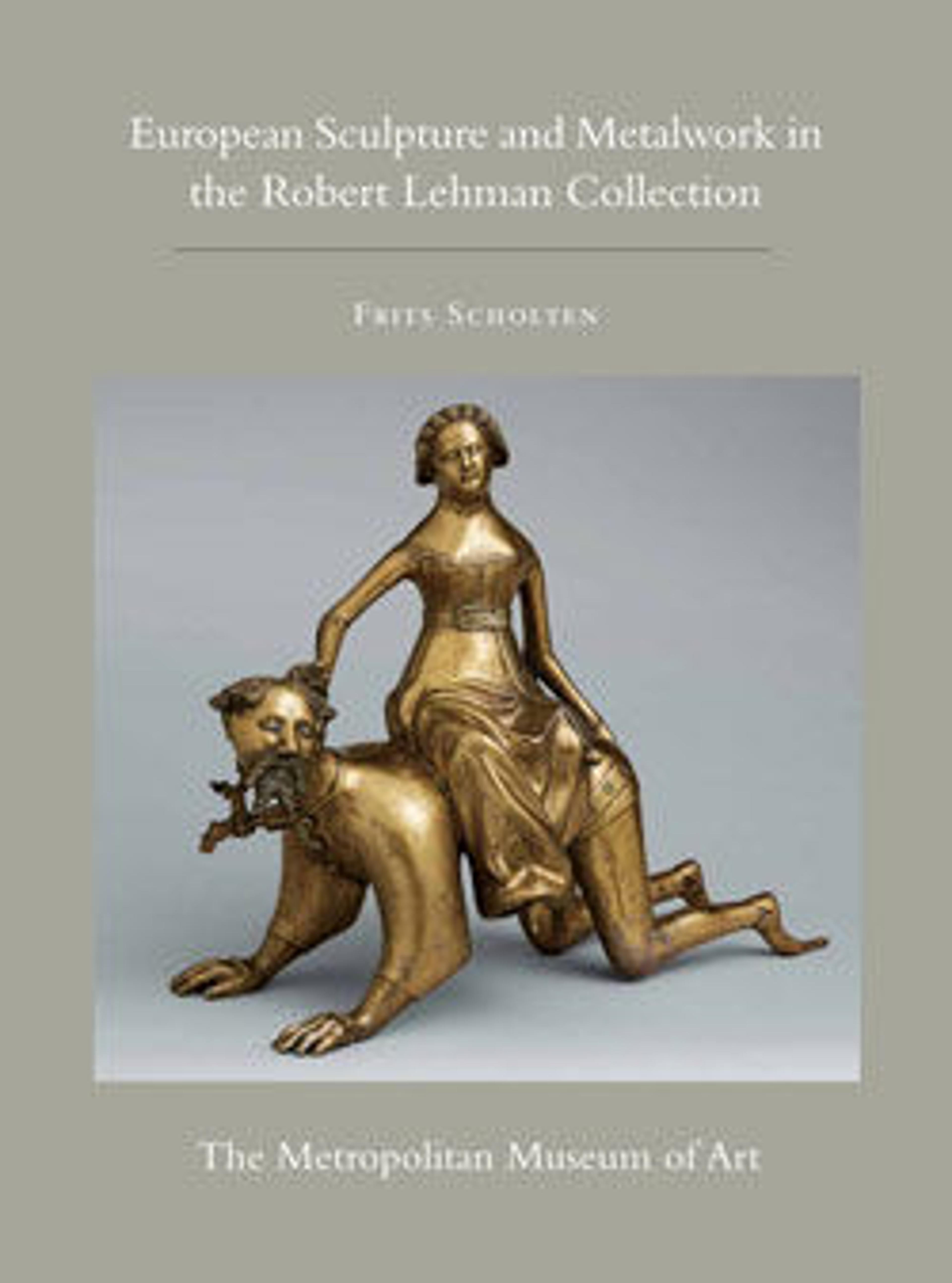Portrait medal of Jacques Boyceau (obverse); Allegory of the Cycle of Life (reverse)
Jacques Boyceau was a French garden designer and the superintendent of the royal gardens under King Louis XIII of France. His treatise on gardening (Traité du jardinage), published posthumously in 1638, was influential in the development of the seventeenth-century French garden. Like the Dupré family, Boyceau was a Huguenot (member of the Protestant church), and he was godfather to one of Abraham’s brothers.
The image of the cycle of life on the reverse portraits silk moths hover above a landscape inhabited by silkworms, indicating that man—laboring on earth with piety and loyalty all his life—is elevated to a happier realm at his death. The inscription translates as "Born of the earth, I gain the sky after labor."
The image of the cycle of life on the reverse portraits silk moths hover above a landscape inhabited by silkworms, indicating that man—laboring on earth with piety and loyalty all his life—is elevated to a happier realm at his death. The inscription translates as "Born of the earth, I gain the sky after labor."
Artwork Details
- Title:Portrait medal of Jacques Boyceau (obverse); Allegory of the Cycle of Life (reverse)
- Artist:Abraham Dupré (1604–1647) , Paris
- Date:model, 1624 (contemporary cast)
- Culture:French
- Medium:Bronze (copper alloy with reddish brown cuprite patina)
- Dimensions:Diam. 7.2 cm, wt. 81.31 g.
- Classification:Medals
- Credit Line:Robert Lehman Collection, 1975
- Object Number:1975.1.1321
- Curatorial Department: The Robert Lehman Collection
More Artwork
Research Resources
The Met provides unparalleled resources for research and welcomes an international community of students and scholars. The Met's Open Access API is where creators and researchers can connect to the The Met collection. Open Access data and public domain images are available for unrestricted commercial and noncommercial use without permission or fee.
To request images under copyright and other restrictions, please use this Image Request form.
Feedback
We continue to research and examine historical and cultural context for objects in The Met collection. If you have comments or questions about this object record, please contact us using the form below. The Museum looks forward to receiving your comments.
